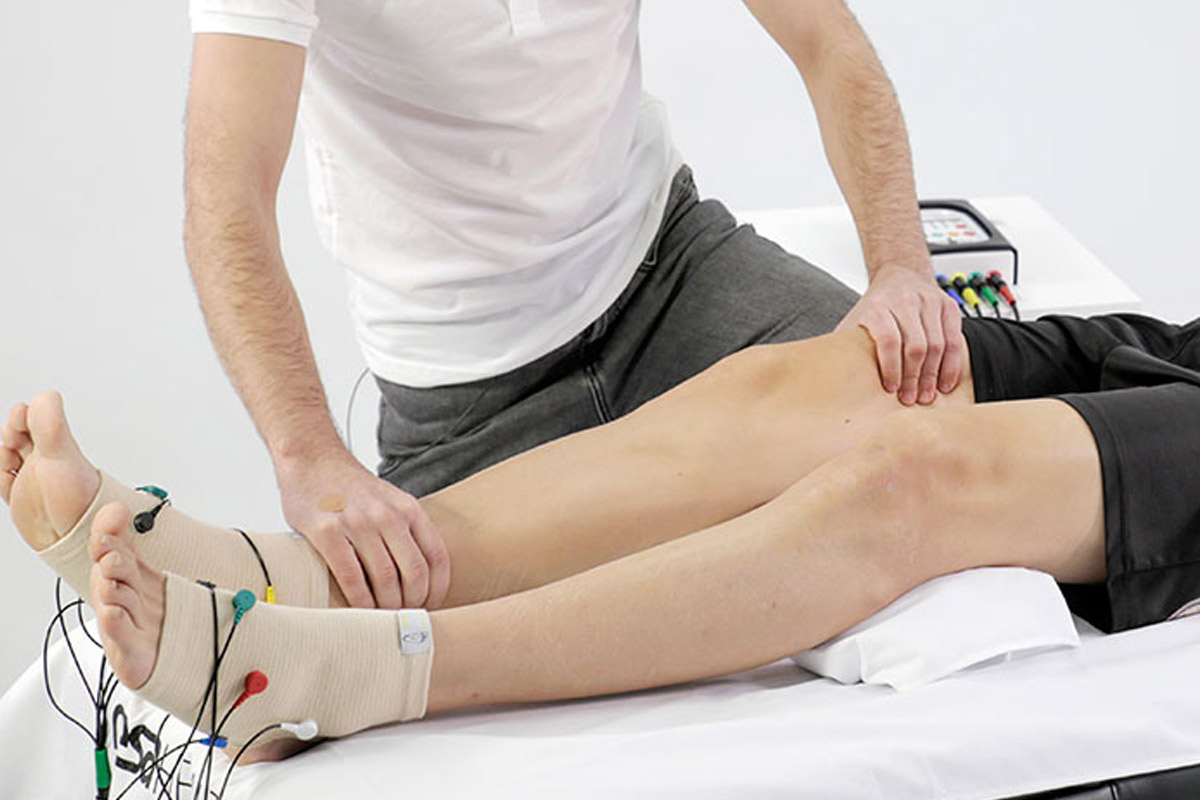NESA X-SIGNAL TRAINING COURSE

COURSE DESCRIPTION
The NESA® non-invasive neuromodulation healthcare technology was born from the need to stabilize the correct functioning of the vegetative nervous system of patients, due to the fact that many of the patients have the basis of the nervous system deteriorated, causing an increase in stress, anxiety, quality sleep and/or increased cortical pain, among others. This type of therapy can be used to treat a variety of neurological, psychiatric or musculoskeletal conditions in a non-invasive and effective manner. Through NESA The course is organized into two modules, a theoretical one in which the functioning of the nervous system and the NESA X-SIGNAL machinery is explained and a second part in which the practical applications of the therapy are shown.
WHAT ARE THE MAIN DISEASES THAT CAN BE TREATED WITH NESA X-SIGNAL
- Chronic pain
- Neuropathic pain
- Resistant depression
- Obsessive-compulsive disorder
- Anxiety disorders
- Parkinson's disease
- Epilepsy
- Movement disorders
- Sleep disorders
WHO IS THE COURSE ADDRESSED TO
Physiotherapists
Physical therapists can use noninvasive neuromodulation as part of physical therapy to help patients with musculoskeletal system injuries or neurological disorders improve function and pain
Nurses
Specialized and technically trained nurses in the use of specific non-invasive neuromodulation devices may be involved in administering treatments under the supervision of a doctor
Researchers
Neuroscience researchers can use non-invasive neuromodulation to conduct experimental studies to better understand how the brain works or test new therapies
Neurologists
Neurologists are often involved in treating patients with neurological disorders, such as epilepsy, Parkinson's, or migraines. They can use non-invasive neuromodulation to treat these types of disorders.
Surgeons
Some surgeons may use noninvasive neuromodulation as part of post-operative preparation or recovery to improve outcomes or reduce pain
Psychiatrists
Psychiatrists can use noninvasive neuromodulation in the treatment of psychiatric disorders, such as treatment-resistant depression or schizophrenia


THE BENEFITS OF NON-INVASIVE NEUROMODULATION
- Reduction of chronic pain
Neuromodulation can be used to treat chronic pain, including neuropathic pain and pain associated with conditions such as carpal tunnel syndrome or herniated disc to reduce pain and improve quality of life. - Treatment of resistant depression
It can be used to treat treatment-resistant depression, offering a possible alternative for patients who do not respond to traditional antidepressant medications - Improved motor function
For patients with neurological disorders such as Parkinson's disease, neuromodulation can help improve motor function and quality of life - Treatment of epilepsy
May help reduce the frequency and intensity of seizures in patients with drug-resistant epilepsy - Improving cognitive function
May help improve cognitive function, including attention, memory and learning - Reduction of symptoms of psychiatric disorders
Neuromodulation can be used to treat symptoms of psychiatric disorders such as obsessive-compulsive disorder, post-traumatic stress disorder and other anxiety disorders - Reduction of symptoms of Alzheimer's disease
May slow the progression of Alzheimer's disease and improve cognitive function in affected patients - Improving post-stroke rehabilitation
Neuromodulation can be used as part of post-stroke rehabilitation to improve motor function, mobility and the ability to perform daily activities - Reduction of symptoms of movement disorders
Neuromodulation can be effective in reducing symptoms of movement disorders such as essential tremor and dystonia
WOULD YOU LIKE TO KNOW MORE?
CONTACTUS
The Medisport staff is at your disposal for any information. To contact us and be contacted you can use the form below, leaving your name and surname, phone number and email address.
